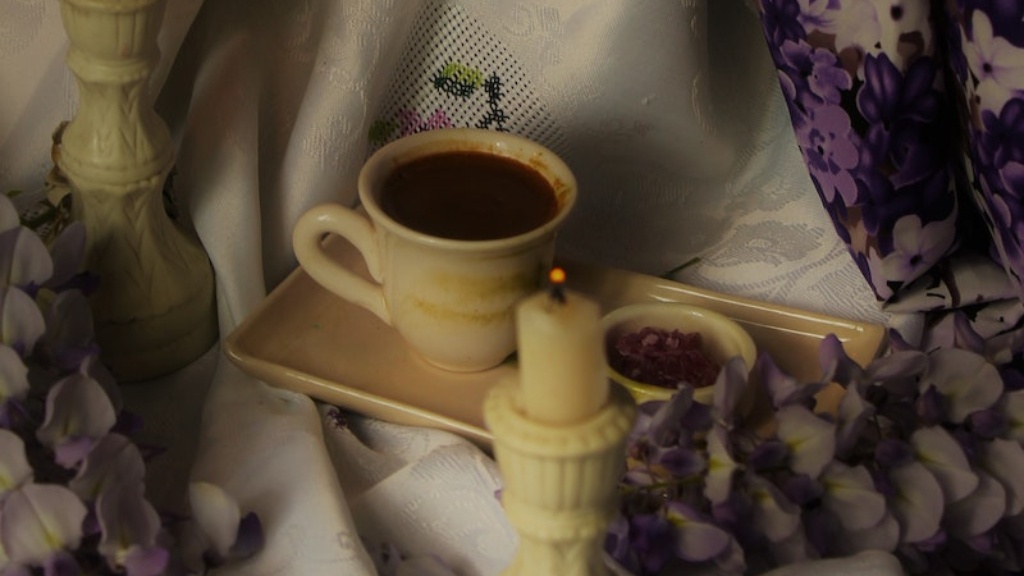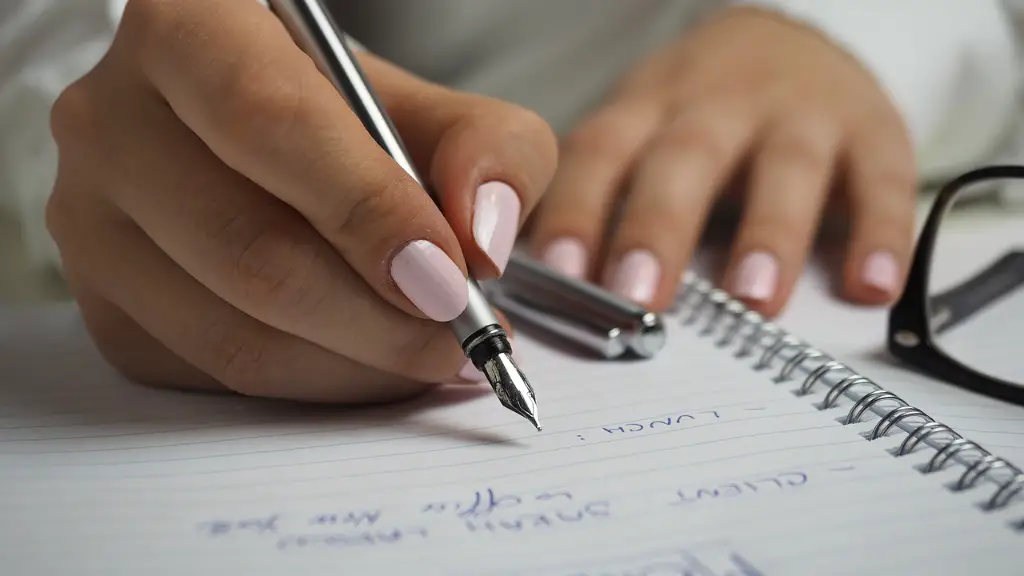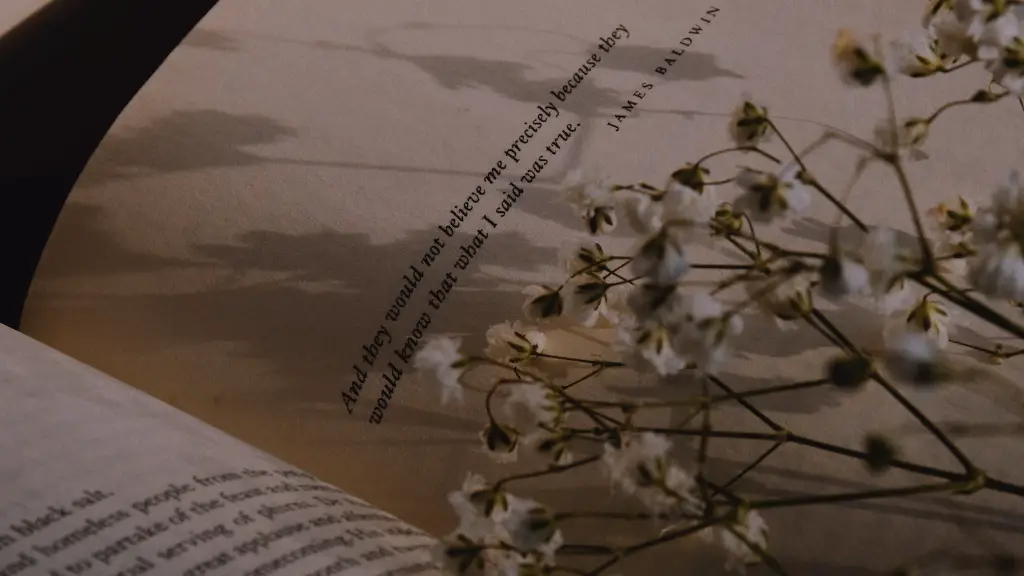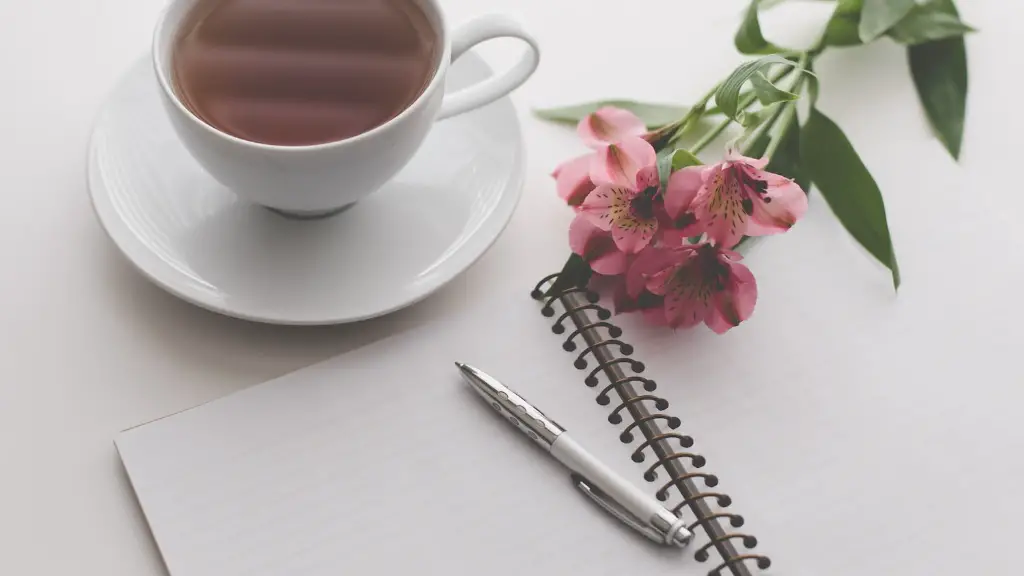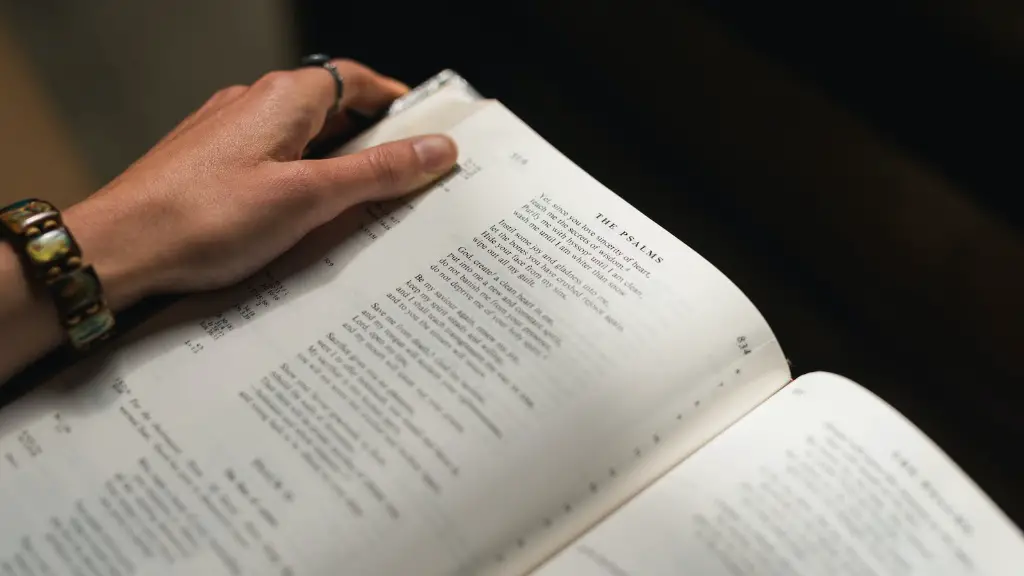Elements
Writing modern poetry requires mastering a set of elements that can be used to develop creative and expressive lines of writing. It is important to understand these elements if you want to be a successful contemporary poet. Rhythm and meter, form and structure, imagery, sound devices, and diction are some of the key elements of modern poetry.
Rhythm and meter refer to the number of syllables and stresses that are used in each line of the poem. Some of the common rhythms and meters used in modern poetry are iambic pentameter and anapestic meter. Form and structure refer to the stanza patterns, which are lines that correspond to the shape of the poem. Imagery is the use of visual, sensory, or abstract words to evoke a feeling or emotion. Sound devices such as alliteration and assonance create patterns of sound in the language that can help to emphasise certain words or phrases.
Diction is the choice of words that are used in your poem, and it can be used to achieve different tones and effects. Finally, poetic devices such as repetition, irony and allusion can be used to create a more profound meaning in the poem.
Techniques for Writing Poetry
Now that you understand the elements of modern poetry, it’s time to learn some of the techniques that can be used to craft an effective poem. The most important thing to remember when writing modern poetry is that the poem should have a message to express and an idea to convey.
One technique is to tell a story. Although stories can be lengthy and detailed, a poem should tell the story quickly and succinctly. You should focus on the highlights and aim to get your point across in as few words as possible. Another technique is to write in a conversational style. The language used in modern poetry should be personal and direct, and it should not be overly ornate or flowery.
Using vivid descriptions in your writing can also be useful. Through sensory details, the reader can better understand and connect to the poem. This can be achieved through the use of imagery and sound devices. Imagery helps the reader to visualize the scene or situation that is described in the poem, while sound devices help to create a rhythm or melody.
Finally, use poetic devices such as metaphor and irony. Metaphors are a comparison between two things, and they help to create an emotionally engaging effect. Irony is the use of words to say the opposite of what is intended. Both of these poetic devices can be used to bring out the deeper meaning of the poem.
Analyzing poetry
Reading and understanding a poem is a complex process. You must look closely at the words, rhythms and images used in the poem to gain a deeper understanding of the meaning. It is important to analyze a poem in order to appreciate it.
When analysing a poem, you should begin by examining the title and the structure of the poem. You should note the rhythm and metre, as well as the imagery and sound devices used. It is also important to note the diction and poetic devices used in the poem.
You must then move on to the interpretation of the poem. This involves looking at the deeper meaning of the poem and understanding how the poet has used language, imagery and sound devices to depict the poem’s message. Finally, think about the reaction of the poem and how it makes you feel.
Tips for Writing Modern Poetry
Writing modern poetry requires creativity, patience, and practice. Here are some tips to help you write better poetry:
- Start with a concrete idea and then move to the abstract;
- Pay attention to the rhythm and sound of the words;
- Play around with different poetic forms;
- Look for inspiration in everyday life;
- Be willing to experiment;
- Practice writing every day.
Publication and Competition
Once you have written your poem, you may wish to share it with a wider audience. You can submit your poem to poetry competitions or to poetry journals. This is a great way to get your work seen and appreciated by a larger audience.
You can also join a local writers’ group or an online poetry critique site. These sites provide a great opportunity to get feedback on your work and support from other poets. This can be very helpful in refining your writing skills and improving your poetic style.
Exploring Different Genres
Although modern poetry is often associated with free verse, there are other styles and genres that you can explore. Limericks, haikus, and sonnets are some examples of traditional poetic forms. You can also experiment with your own unique style of writing.
Be creative and allow yourself to be inspired by other writers. There are many resources and online tools that can help you, such as writing prompts and rhyming dictionaries. Explore these resources and be sure to read contemporary poetry to get an idea of what is popular today.
Finding Inspiration
When searching for inspiration, look to the people around you or explore your own experiences. Observe the world around you, and make note of interesting details that you can incorporate into your work. You may also want to draw upon your emotions, such as sadness or joy.
If you are feeling stuck, try taking a break and revisiting your poem later. You may find that you have new ideas that you weren’t able to access previously. Lastly, remember that there are no rules for writing poetry, so don’t be afraid to experiment and be creative with your writing.
Formatting and Presentation
When presenting your poem, you should use a visual aid to emphasise the meaning. This could involve the use of a poster, collage, or photograph. You can also use props such as music, sculptures, or dance to add an extra layer of creative expression to your poem. Be sure to practice your poem with your visual aid or props before presenting it.
It is also important to consider the formatting of the poem. Try to be consistent with the indentation and line-spacing throughout the poem. Finally, make sure to proofread your poem to catch any mistakes or typos.
Revision and Editing
The process of writing modern poetry involves revisions and edits. You should review your poem and make sure that it conveys the message and idea that you intend. Is the poem too long? Does the poem contain too much detail? Look for areas where the poem can be restructured or cut down.
Reading your poem aloud can also be helpful in discovering any corrections or revisions. Ask a friend or colleague to read your poem and give feedback. Finally, make sure to use the revision process to your advantage and don’t be afraid to make changes or take risks with your poem.
